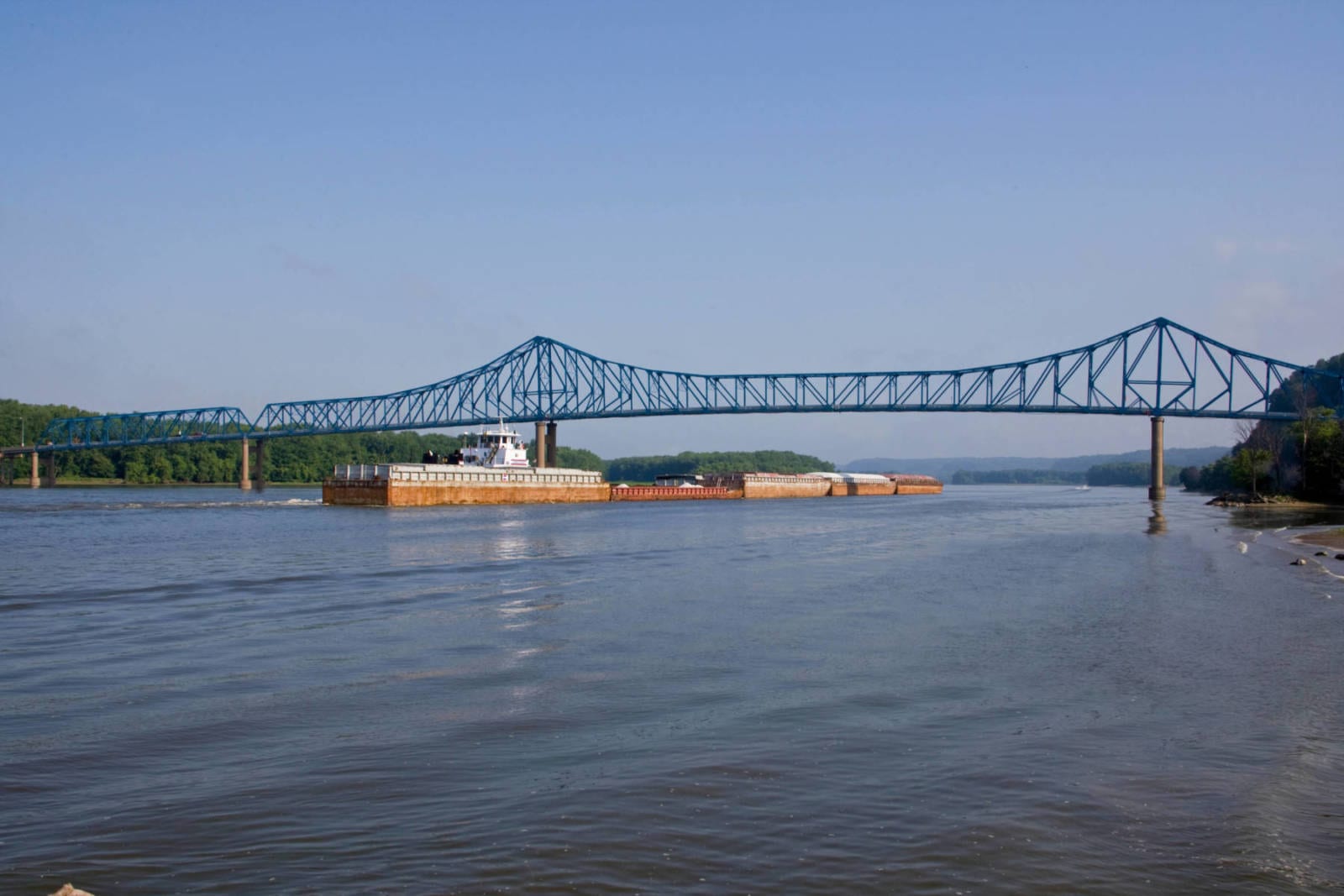The U.S. Soybean Export Council (USSEC) has demonstrated in reports the benefits of improved environmental and safety conditions with a better transportation system. This is a follow-up story on the environmental advantages of transportation infrastructure projects.
Safety Advantages
With a U.S. population that is increasingly disconnected from economic development, educating the public about the safety advantages to garner public support is increasingly important. For example, when GM announced it was shuttering an auto plant in Lordstown, Ohio, eliminating 5,000 jobs, the community was devastated. Lordstown is a location where a strong economic case needs to be made for transportation infrastructure projects. Likewise, in New York City, New York when Amazon announced its planned headquarters with 25,000 high-paying jobs had a change of mind and is searching for a new location, many people in the community celebrated.
Generally, the public has a vested interest in identifying and improving unsafe road conditions. Politicians realize that people get angry when their vehicle hits a pothole and fixing the roads becomes a priority. Obviously, having functioning roadway transportation system is very important for freight transport. Typically, the “last mile” is delivered by a truck.
For rail and barge, the public’s lack of interaction results in a lower level of concern despite a very positive safety impact. For example, one barge tow of 15 barges transporting 1,500 short tons per barge is equal to 900 semi tractor-trailers or Class 8 trucks each transporting 25 short tons. Transferring the tonnage to the waterways reduces road congestion and lowers the risk of wrecks. In addition, the wear and tear on the roads is greatly reduced, which stretches the pothole fixing budget. Although all transportation modes will unfortunately have fatalities, it should be noted that the barge safety rate is better than other transportation modes that interact with passenger traffic as demonstrated by A Modal Comparison of Domestic Freight Transportation Effects on the General Public: 2001–2014 (January 2017), that was conducted by the Texas Transportation Institute’s Center for Port and Waterways at Texas A&M University. The table below demonstrates how fatalities vary by transportation mode. The ratio per waterway fatality is each mode’s rate per million ton-miles divided by the inland waterway rate per million ton-miles.

Institute for Water Resources, Navigation and Civil Works Decision Support Center for the U.S. Army Corps of Engineers reported that the Illinois Waterway transported 7.9 billion ton-miles of freight in 2017. Illinois Waterway is a major river segment for soybean exports. A river failure that required the freight to be shipped by truck would result is an additional 3.6 fatalities per year. The calculation shows how incredibly safe the freight transportation system is, but nobody enjoys being boxed in by a several large trucks. Individuals who may not be concerned with economic development might be motivated to support a project that reduces the number of semi tractor-trailers or Class 8 trucks on the roadways.

